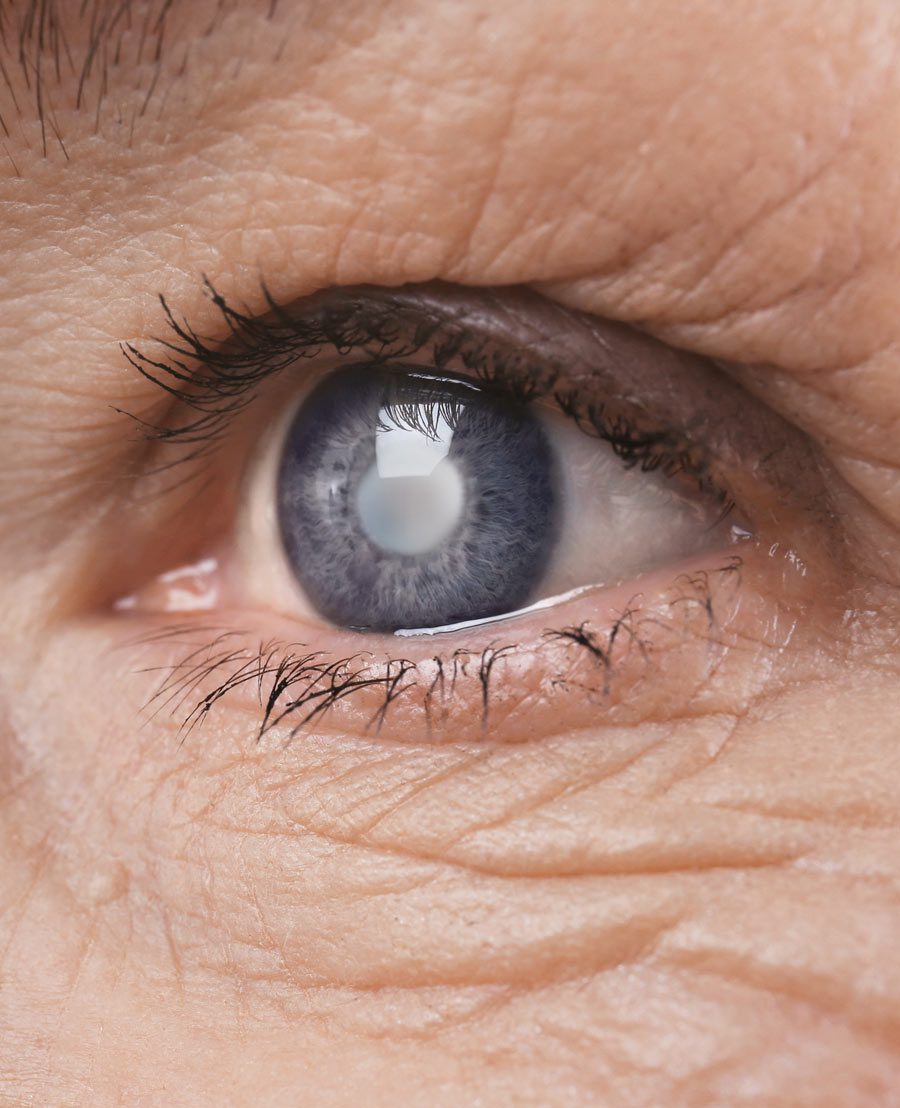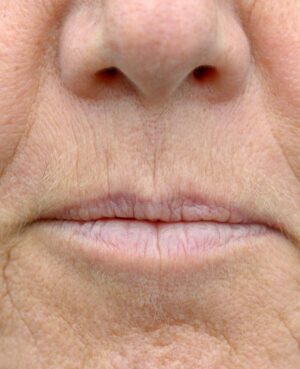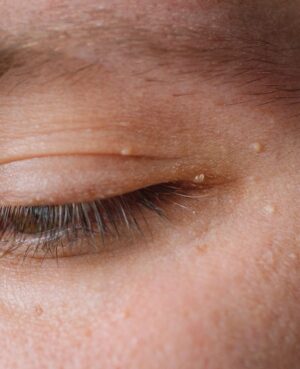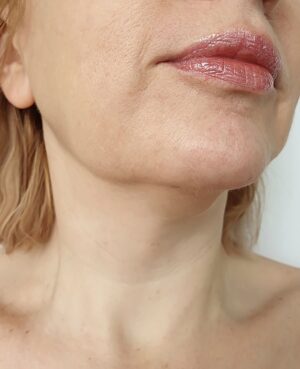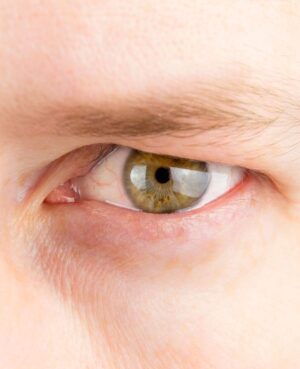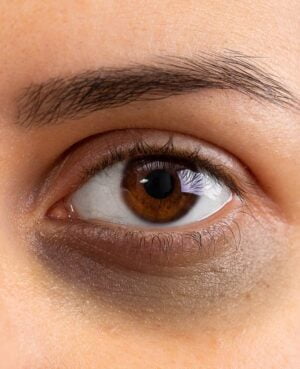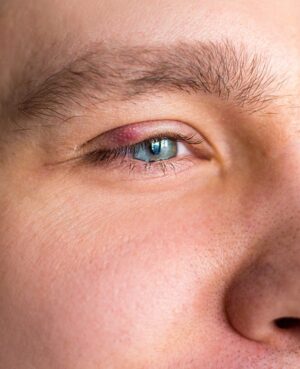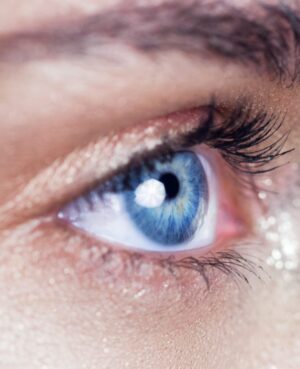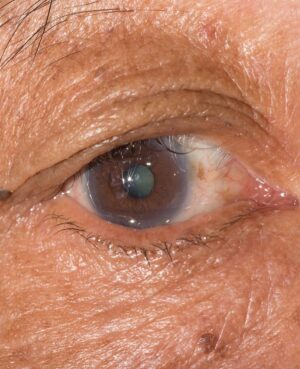Prosthetic Eye, Artificial Eye & Blind Painful Eye
Blind painful eye is a disorder that occurs mainly in patients that have had trauma or injury that results in blindness. Many patients find that sometime after the injury, they have severe pain in the damaged eye. If discomfort cannot be controlled with medical treatments, the last resort is eye removal (enucleation or evisceration of the eye) and the placement of a prosthetic or artificial eye.
ABOUT THIS CONDITION
INFORMATION ABOUT YOUR SYMPTOMS
Severe eye pain should never be ignored and can indicate numerous problems, and many symptoms are treatable when caught early on.
As the name suggests, the most common symptom of blind painful eyes is episodes of severe pain in a non-working eye.
There are many causes of a blind painful eye. A commonly undetected cause is an intraocular haemorrhage. Other possible causes are glaucoma, iritis, and tumours.
At FaceRestoration, we understand the distress that this may cause, and eye removal is always a last resort. We offer a wide range of treatments for blind painful eye, from prescription eye care to surgery and prosthetics. Our award-winning ophthalmic and oculoplastic surgeons will safely take care of everything from consultation and diagnosis to treatment and post-op care.
What Is the Composition of a Prosthetic Eye?
Glass was previously used to make “glass eyes.” Prosthetic eyes are now often composed of durable, plastic acrylic. The prosthetic eye is in the shape of a shell. The prosthetic eye is worn on top of an ocular implant. The ocular implant is a hard, circular object that is permanently implanted into the eye socket. Before insertion, an ocular implant is usually wrapped with live tissue or synthetic cushioning for comfort.
What Is the Purpose of a Prosthetic Eye?
The aesthetics of a compromised eye socket can be greatly improved with a prosthetic eye. Moreover, It is far preferable than wearing an eye patch or bandage for the great majority of patients.
An ocular implant and prosthesis prevent the tissues in the eye socket from developing to fill the empty area if the entire eye is removed. Vision cannot be restored with a prosthetic eye.
How is a prosthetic eye fitted?
After eye removal surgery, you will have a follow-up appointment to ensure that the area has healed fully – this is approximately 3-6 weeks after surgery. If there is no residual discomfort or swelling, you will have a bespoke prosthetic eye prepared. Your new artificial eye will be custom-made to match your other eye as closely as possible.
The artificial eye is made by creating a mould of the eye socket. This is a comfortable procedure and will help to ensure that your new orbital implant will fit well. You’ll then return at a later date to have the prosthesis fitted.
Is driving permitted after eye removal?
As long as you have vision in your other eye and can meet the legal vision requirements, you can drive with an artificial eye. It is true that following surgery, vision will be reduced, which will result in more frequent head turning while driving. Patients who are blind can drive a normal vehicle as long as their vision is good enough.
The Driver and Vehicle Licensing Authority (DVLA) and the insurance company are legally required to be informed about this type of surgery.
Related conditions
Similar conditions clients also view
-

A-Frame Deformity
-

Sweating, Hyperhydrosis & Armpits
-

Smoker’s lines & Nose to Mouth lines
-

Lumps, Bumps & Skin Tags
-

Face drop & Facial Palsy
-

Age Spot, Pigmentation & Sun damage
-

Droopy Lids, Ptosis & Tired Eyes
-

Dark under eye circles & Tear trough
-

Dry Eyes & Blepharitis
-

Chalazion & Stye
-

Toxin Related Complications
-

Ectropion (Turned Out Eyelids)


How we can help
Contact us for a consultation

Booking with us
Arrange a consultation with us using the button below at a time of your choosing. This may be held through video chat dependant on COVID guidelines at the time.

Your consultation
We will then discuss with you your symptoms and advise you on how best to proceed with helpful guidance on treatments through our expert knowledge and training.

Treatment after care
Once an appointment has been arranged, we will then begin treatment and support you along the process, including specialised aftercare.
